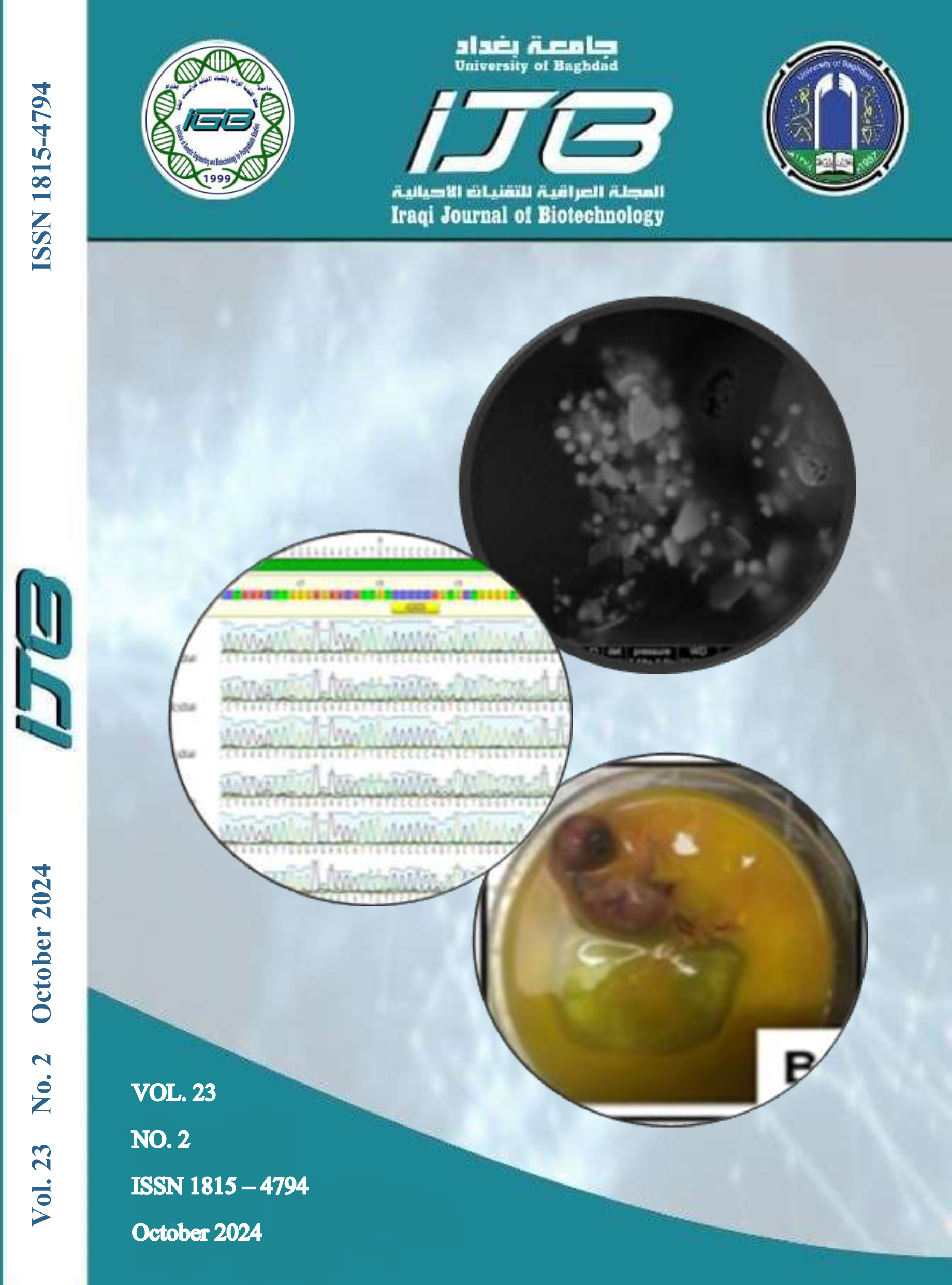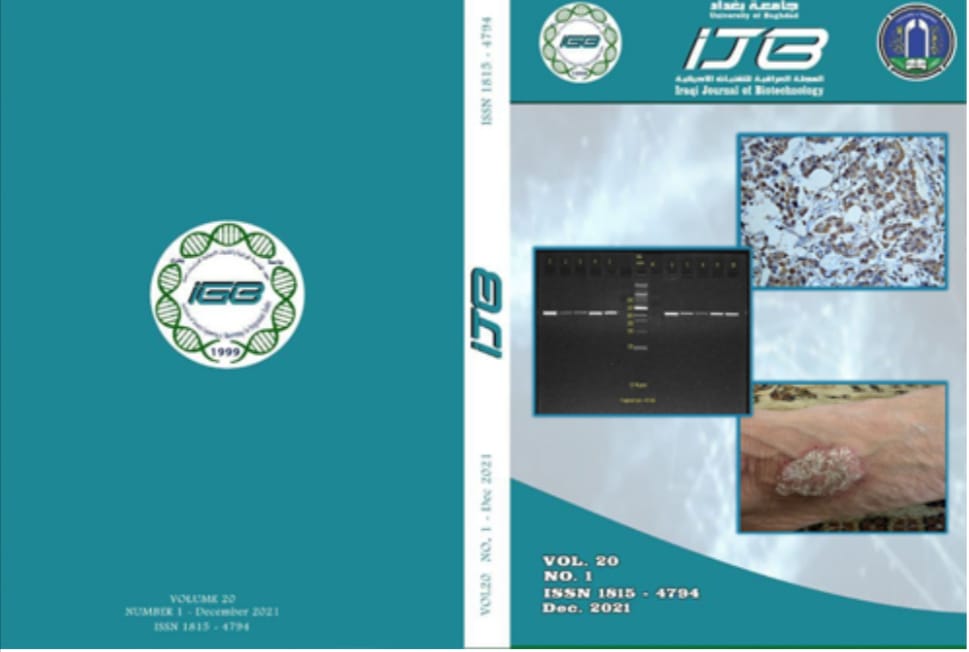MicroRNA-146a Gene Expression as a Potential Biomarker for Rheumatoid Arthritis in a Sample of Iraqi Patients
Abstract
MicroRNAs (miRNAs), a type of small non-coding RNAs, play a crucial role in controlling post-transcriptional gene expression, suggesting their potential involvement in autoimmune disorders. The objective of the current study was to assess the expression levels of miR-146a as potential indicators for diagnosing rheumatoid arthritis (RA) and to examine their correlation with disease activity. A total of one hundred blood samples divided into 50 RA patients and 50 healthy individuals were obtained. The medical histories of all participants were collected, and they were provided with a comprehensive clinicopathological assessment. Disease activity for the group of patients was evaluated using the Disease Activity Score 28 (DAS28). The RNA content of blood samples was extracted, followed by cDNA synthesis. Subsequently, the levels of miR-146a transcripts were measured using Real-time PCR. Significant statistical differences were seen between patients and healthy controls in terms of miR-146a relative expression, erythrocyte sedimentation rate (ESR), C-reactive protein (CRP), and anti-cyclic citrullinated peptide (anti-CCP) levels (p < 0.01). The miR-146a expression level, with a fold change of 4.87, exhibited a substantial upregulation in the whole blood samples obtained from patients diagnosed with RA compared to those obtained from healthy controls. Furthermore, a positive correlation was seen between the miR-146a expression level and the levels of ESR, DAS28, CRP, and anti-CCP in the RA patients. In diagnosing RA, MiR-146a had superior diagnostic capabilities, exhibiting the most significant levels of sensitivity and specificity at 74% and 87%, respectively. This was further supported by an area under the curve (AUC) value of 0.90, obtained at a cut-off value of P2.55. In comparison, the diagnostic performance of anti-CCP was not as favorable. The diagnostic test demonstrated a sensitivity of 52%, specificity of 100%, and AUC of 0.81 when using a cut-off value of P 122.5U/ml. In summary, the increased expression of miR-146a in the entirety of blood samples from individuals with RA may serve as a possible indicator of disease activity and severity in those with established RA.


